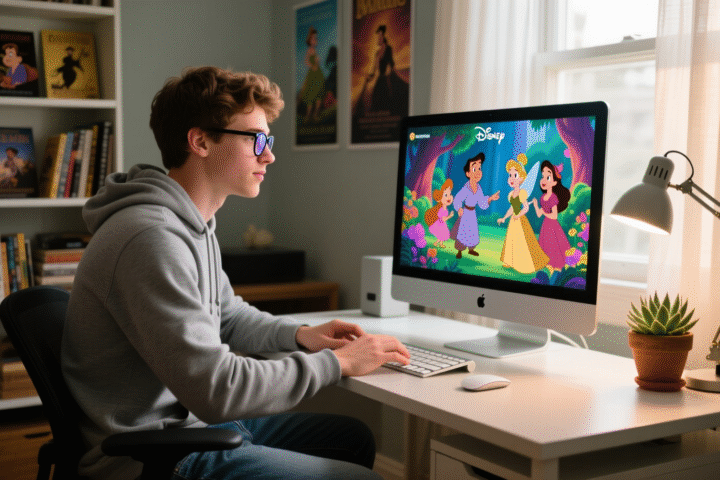In recent years, the term “deepfake” has gained significant attention, particularly in the realms of media, technology, and privacy. But what exactly are deepfakes, and why have they become such a hot topic?
A deepfake is a type of synthetic media created by using artificial intelligence (AI) and machine learning techniques to manipulate or fabricate visual and audio content. Typically, it involves using algorithms — often based on deep learning models like Generative Adversarial Networks (GANs) — to create realistic videos, images, or audio that depict people saying or doing things they never actually did.
Once the AI has learned the unique features of a person’s face, voice, and mannerisms, it can replicate or alter those features with startling accuracy.
The process typically involves:
- Data Collection: AI is fed a large dataset of video or audio recordings of the individual.
- Training: The AI learns to map the person’s facial expressions, voice, and gestures to create realistic simulations.
- Synthesis: The AI then generates a new video or audio file that contains fabricated content, such as a person saying something they never actually said.
Where are Deepfakes Used?
The potential applications of deepfakes are vast, ranging from entertainment to education, but they also raise important ethical and security issues.
Entertainment and Media
- Film and TV: Deepfakes are used to de-age actors, bring back deceased actors, or create realistic special effects. They also enable the creation of parodies and viral memes, where users place faces on famous characters or public figures for humor.
- Gaming: Some video games use deepfakes to create lifelike characters and immersive experiences for players.
Personalized Content
- Customized Messages: Deepfakes allow people to generate personalized messages from celebrities or fictional characters for special occasions, offering a fun and memorable experience.
- Virtual Influencers: Brands create virtual personas using deepfake technology to engage with audiences, endorse products, or host events online.
- “Grief Tech”: AI is being used to help people connect with deceased loved ones through chatbots, voice synthesis, and deepfake video recreations. Chatbots trained on text messages and emails allow users to have simulated conversations, mimicking a loved one’s speech and personality.
Marketing and Advertising
- Celebrity Endorsements: Brands use deepfakes to create ads with celebrities without needing their actual participation, though this raises ethical concerns.
- Product Demonstrations: Companies use deepfakes to visualize products or simulate their features in creative ways.
Creative Expression and Art
- Artistic Projects: Artists and filmmakers use deepfakes to experiment with new forms of storytelling and visual effects.
- Music and Visuals: Musicians use deepfakes in music videos to create unique, imaginative visuals that enhance their songs.
Misinformation and Security Risks
- Misinformation: Deepfakes can spread false information by creating realistic but fake videos of public figures, manipulating opinions or stirring political unrest.
- Fraud and Impersonation: Criminals can use deepfakes to impersonate individuals, leading to financial fraud or manipulating legal evidence.
How to Recognize Deepfakes
As deepfake technology becomes more advanced, it’s increasingly important to know how to recognize when content is manipulated. Whether for protecting yourself from misinformation or ensuring the authenticity of media, here are some actionable tips to help identify deepfakes.
Related: 5 Ways AI Is Making Phishing Smarter — and How to Fight Back
1. Check for Visual Inconsistencies
- Unnatural Movements: Deepfakes can sometimes struggle with capturing subtle human movements, like blinking, lip sync, or facial expressions. If the subject’s face looks stiff or lacks natural fluidity, it may be a red flag.
- Unusual Lighting and Shadows: Pay attention to how light interacts with the face or scene. Deepfakes might have mismatched lighting that doesn’t align with the rest of the video, such as shadows that don’t fall naturally or inconsistent highlights.
- Facial Features: Watch for signs like distorted eyes, irregular blinking patterns, or facial features that seem off. Deepfakes may have unnatural reflections or odd textures, particularly around the eyes and mouth.
2. Listen for Audio Clues
- Mismatched Voice and Lip Movement: Deepfakes may generate convincing audio, but there’s often a subtle mismatch between lip movements and the voice. If the person’s mouth doesn’t quite align with what they’re saying, it might be artificially created.
- Strange Audio Artifacts: Listen closely for oddities in the voice itself, such as unnatural pacing or robotic undertones, which can be signs of manipulation.
3. Look for Artifacts and Pixelation
- Blurred or Pixelated Areas: In lower-quality deepfakes, the edges of the face or around the hairline might appear blurry or pixelated. This is a common sign of artificial alteration.
- Strange Textures or Blurring: Pay attention to areas like the hair, background, or clothing that might look unnaturally smoothed out or pixelated in a deepfake.
4. Examine the Source
- Check the Credibility: Consider the source of the content. If it comes from an unverified social media account or an unfamiliar site, it might be more likely to be manipulated.
- Look for Context: Analyze the context in which the video or image appears. If it seems out of place or is spreading extreme claims without credible backing, it’s worth scrutinizing further.
What Can You Use to Identify Deepfakes?
Here are some tools that can aid you in detecting deepfake media.
- Google Reverse Image Search: You can use to check whether the image or video has been used elsewhere online, helping you determine if it’s legitimate or been manipulated.
- InVID Tool: This browser extension is useful for verifying video content. It allows users to extract frames from videos and search for similar content across the web, helping detect fake or misleading videos.
- Deepware Scanner: This allows users to upload videos to detect signs of deepfake manipulation. It checks for artifacts and inconsistencies that might not be immediately visible to the naked eye.
- Microsoft Video Authenticator: Microsoft’s tool uses AI to analyze videos and provide a confidence score about whether the video has been manipulated. It works on both images and videos, identifying inconsistencies in the content.
- Snopes: Fact-checking websites like Snopes often debunk viral videos and images. Before sharing or believing shocking content, check trusted fact-checking sites to confirm its legitimacy.
- PolitiFact: If the deepfake involves a political figure or public statement, PolitiFact and similar sites can help verify whether the content is authentic.
Ethical Concerns Surrounding Deepfakes
As deepfake technology becomes more sophisticated, it raises important ethical questions about authenticity, accountability, and societal trust.
A major ethical concern is misinformation. Highly realistic but fake videos of public figures can manipulate public opinion, influence politics, and erode trust in journalism. As deepfakes blur the line between real and fake, genuine events risk being dismissed, while false narratives gain traction.
Privacy and consent are other major concerns. They allow for unauthorized digital replicas, often used in explicit or defamatory content, causing reputational and emotional harm. Victims struggle to remove such material, while deepfakes also enable fraud and impersonation for scams and deception.
Related: AI Cited in Over 50,000 Job Cuts by Major U.S. Companies in 2025
There is also concern about their potential misuse in the legal system. Manipulated video or audio evidence could be used to falsely accuse individuals of crimes or, conversely, to fabricate alibis. This challenges the reliability of digital evidence in court cases and raises serious questions about how legal systems can verify authenticity in an era where visual proof is no longer definitive.
While some companies are developing tools to detect deepfakes and mitigate their misuse, the rapid advancement of the technology often outpaces regulatory efforts. Governments and tech platforms are increasingly recognizing the need for policies that balance innovation with responsibility, but clear guidelines on what constitutes ethical use are still evolving.
As deepfakes become more widespread, individuals, companies, and policymakers will need to navigate the fine line between innovation and ethical responsibility. Addressing these concerns proactively will be essential to maintaining trust in digital media and protecting individuals from harm in an increasingly AI-driven world.












